15 Dog Breeds That Get Bored Way Too Easily
Physical activity matters, but for some breeds, it’s not enough. They need challenges that make them think. Mental stimulation helps prevent boredom-driven habits like chewing, digging, or barking. These dogs were bred for tasks that required sharp thinking and quick decisions. That drive remains strong in them today.
Border Collie
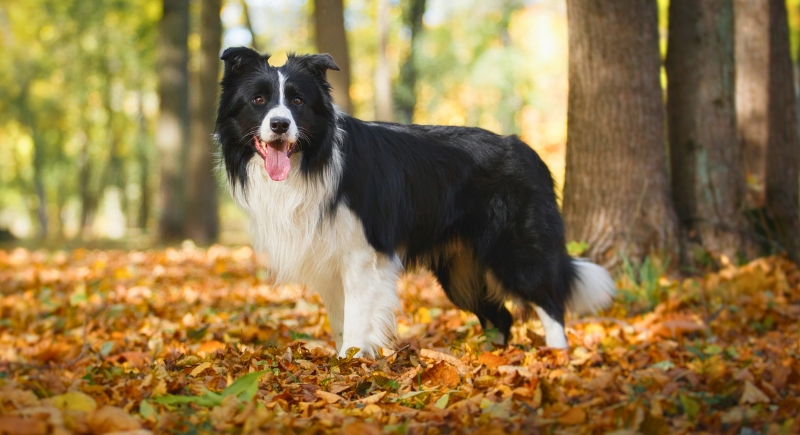
Credit: Getty Images
Herding livestock required speed as well as judgment. Border collies developed the ability to react quickly to movement, which made them incredibly sharp thinkers. That instinct didn’t disappear, because today, modern collies thrive when given challenging roles. Pet parents who teach new tricks see a calmer, more focused dog at home.
Australian Shepherd

Credit: Getty Images
When their minds go unused, they don’t settle. Australian shepherds mostly chew, pace, or attempt to control movement around them. They fixate on patterns and need new games to redirect that energy. Repeating the same routine causes frustration, especially in limited spaces.
German Shepherd

Credit: Getty Images
In a 2020 behavior study, German shepherds ranked among the top breeds for trainability and memory. They pick up functions fast and need complex routines to stay balanced. If left unstimulated, they may become anxious, vocal, or even territorial. Consistent work strengthens their trust and brings out their natural desire to collaborate.
Russell Terrier
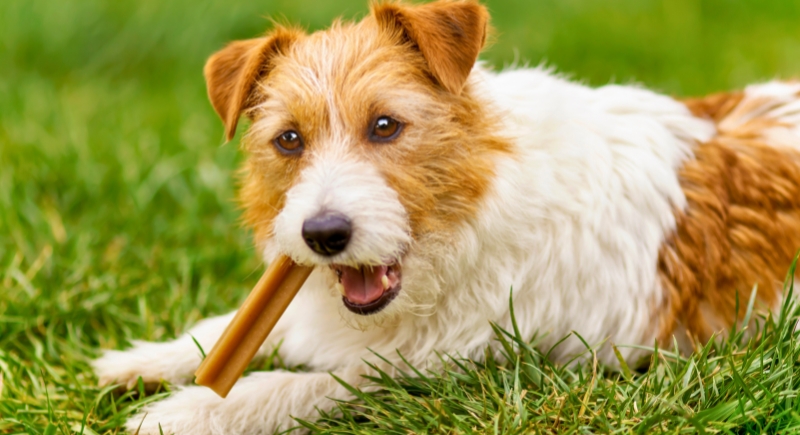
Credit: Getty Images
Originally developed to flush foxes from dens, Russell terriers were built for decision-making in tight spaces. Even now, their skills remain active. They love jobs that allow them to dig, find, or chase in controlled ways. Small activities like puzzle toys, digging boxes, or scent trails satisfy this need.
Siberian Husky

Credit: Getty Images
Huskies are famous for having the endurance of a distance runner and the curiosity of a toddler. They respond best to mental games that feel like teamwork, like coordinated obedience or hide-and-seek with commands. Daily routines with changing tasks work best to keep them steady and engaged at home.
Doberman Pinscher
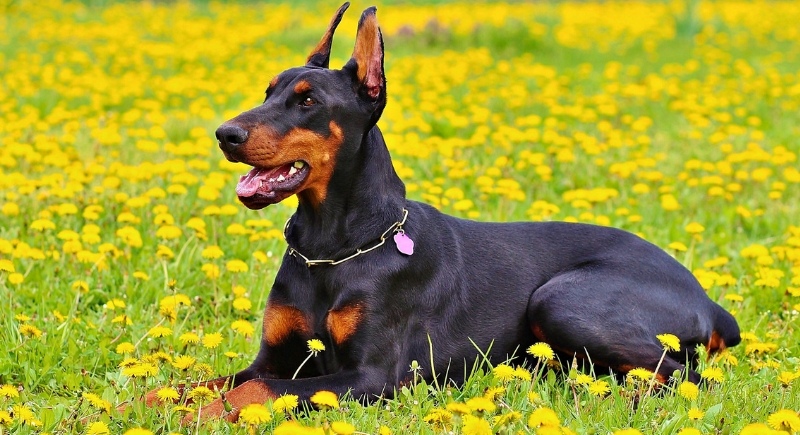
Credit: pixabay
Agility drills, scent tracking, and directional recall allow pinschers to get exercise and find purpose. These activities build confidence and reduce restlessness. They notice changes and anticipate what’s next.
Labrador Retriever
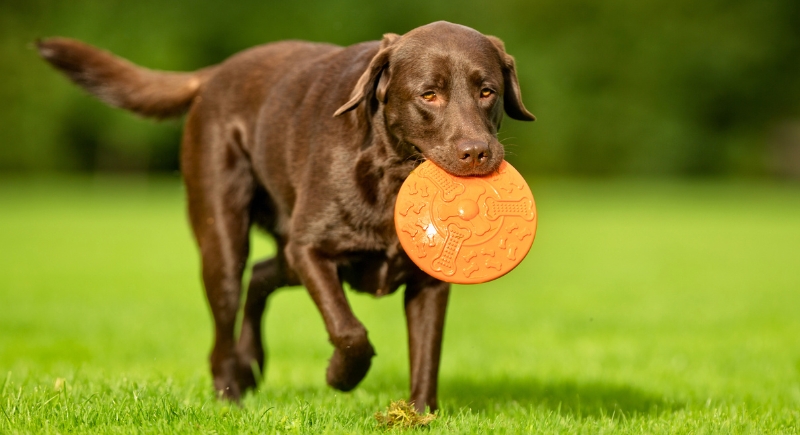
Credit: Getty Images
Labradors stand out most during retrieval activities. Their skills support repeated fetching and problem-solving tied to scent or object location. A study by the American Kennel Club placed them among the top performers in task retention and instruction following.
Hungarian Vizsla
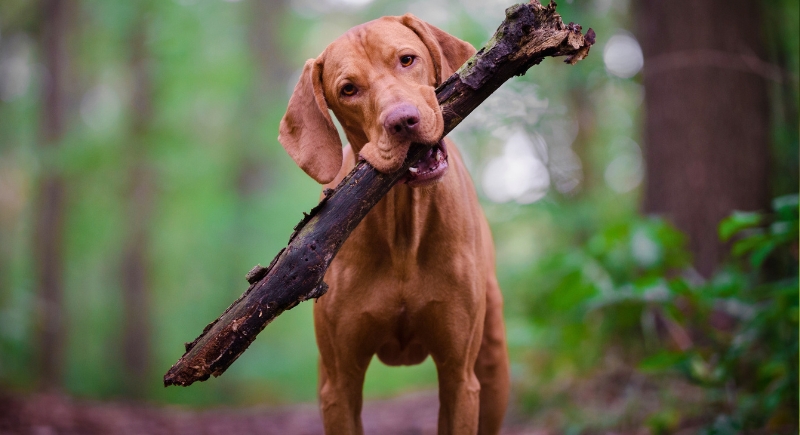
Credit: Getty Images
Without any stimulation, your Vizsla will show signs of anxiety or restlessness. They tend to redirect their energy into pacing, excessive barking, or constantly shadowing you. Historically, they worked closely with hunters while navigating unpredictable terrain, which made independent thinking essential.
Jack Russell Terrier

Credit: iStockphoto
Jack Russell Terriers were initially entrusted to flush small animals from underground, which required split-second decisions. That tendency remains sharp and active, and these canines excel when given structured ways to release their energy. Backyard obstacle courses, digging boxes, or scent trails give them the sense of pursuit they crave.
Pointer
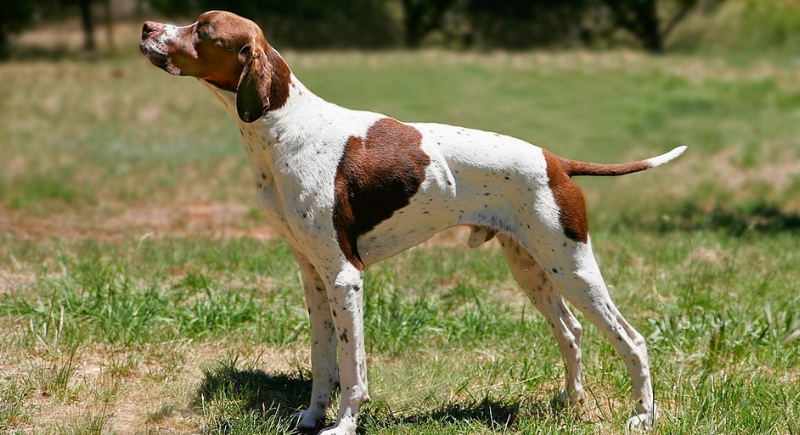
Credit: Wikimedia Commons
With over 220 million scent receptors, pointers possess an extraordinary sense of smell. Their ability to zero in on a target without losing focus sets them apart in both the field and home settings. For this reason, your pup will react well to nose work classes, hide-and-seek scent games, or tracking exercises using essential oils.
Dalmatian
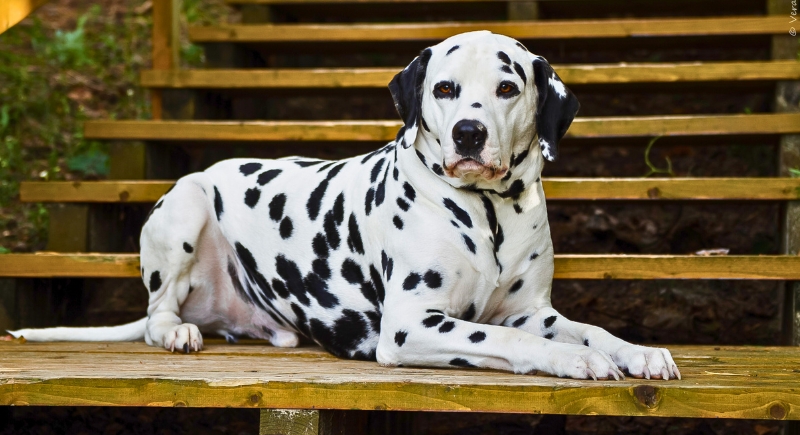
Credit: Getty Images
These spotted athletes once ran alongside carriages, keeping pace and staying alert to threats. Their minds and bodies still crave some action and direction. They process patterns quickly and become bored with repetition.
English Springer Spaniel

Credit: Getty Images
Sudden sounds or erratic actions tend to trigger high-strung reactions in English springer spaniels. They may lunge at passing bikes, bark at falling leaves, or run in anxious circles with no clear trigger. Their high sensitivity and energy mean they require mental activities that encourage calm focus.
Weimaraner
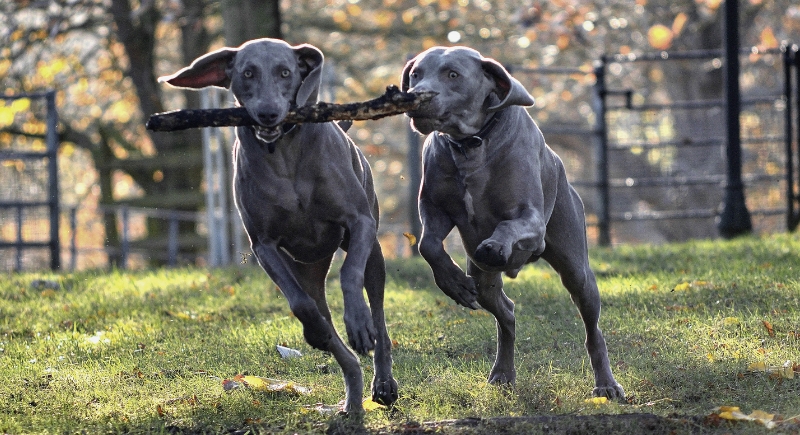
Credit: Getty Images
Their sharp impulses helped Weimaraners handle complex challenges while covering long distances during hunts. That work ethic didn’t disappear, and they still expect guidance and stimulation. Without it, they often bark, pace, or destroy furniture out of frustration. These canines channel their intelligence best in exercises that mirror their past—trail tracking, memory games, or direction-based retrievals.
Rhodesian Ridgeback
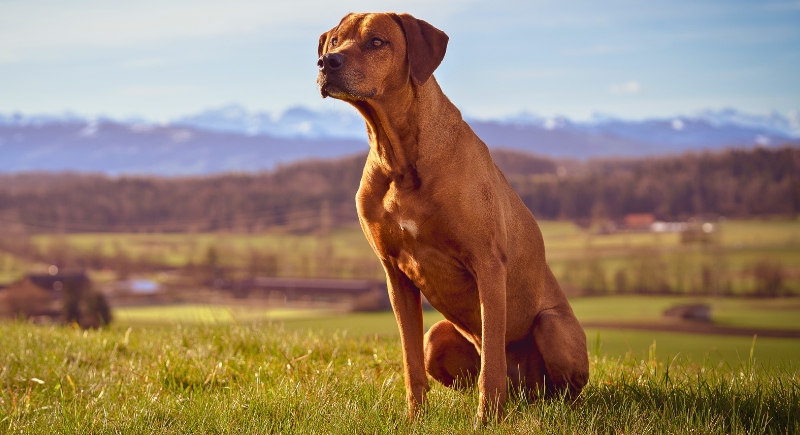
Credit: Getty Images
Confident and independent by nature, ridgebacks need direction that matches their instincts. One way to support them is by setting up distance-based recall games in a safe, enclosed area. Gradually increasing the space between you and the dog helps reinforce judgment and listening. Another option is stay-and-release training using changing environments or commands.
Miniature Pinscher

Credit: Getty Images
Miniature pinschers benefit most from activities that match their quick thinking and sharp reflexes. Pattern-based obstacle drills or timed recall games work well, especially when adjusted frequently to avoid predictability. Using varied commands, interactive toys, and rotating routines keeps them invested.